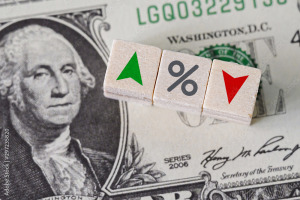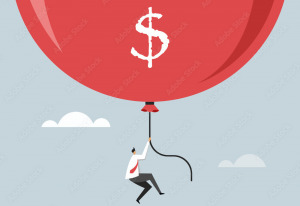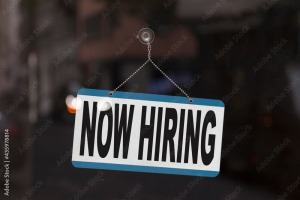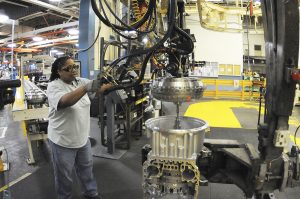
Inflation improved slightly in April, but impact on rate cuts still uncertain
The latest snapshot comes as the Federal Reserve is grappling with inflation data that continues to surprise them.

The latest snapshot comes as the Federal Reserve is grappling with inflation data that continues to surprise them.

Tuesday’s unexpectedly high readings may raise concerns on Wall Street, at the White House and for inflation-fighters at the Federal Reserve.

The Federal Reserve’s more cautious outlook stems from three months of data that pointed to chronic inflation pressures and robust consumer spending.

The figures highlight the toll stubborn price pressures, along with higher borrowing costs, are taking on consumers.

A measure of inflation closely tracked by the Federal Reserve remained uncomfortably high in March, likely reinforcing the Fed’s reluctance to cut interest rates anytime soon.

Despite cooling, the economy is still creating price pressures, a continuing source of concern for the Federal Reserve.

Since the start of the year, Federal Reserve Chair Jerome Powell and his colleagues had said they were looking for more assurance that inflation was ticking steadily down. Instead, they’ve gotten the opposite.

The March figures, the third straight month of inflation readings well above the Fed’s 2% target, provide concerning evidence that inflation is stuck at an elevated level after having steadily dropped in the second half of 2023.

The unemployment rate fell to 3.8 percent last month, the Bureau of Labor Statistics reported Friday, extending the longest stretch of unemployment below 4 percent in five decades.

Federal Reserve Chair Jerome Powell said the economy’s strength means the Fed isn’t under pressure to cut rates and can wait to see how the inflation numbers come in.

Core prices rose just 2.8% from 12 months earlier in February—the lowest such figure in nearly three years—down from 2.9% in January.

The financial markets cheered the message Wednesday from Jerome Powell and the Federal Reserve, with traders sending the Dow Jones industrial average surging 1%, to another all-time high.

A key question for Federal Reserve Chair Jerome Powell and the 18 other officials on the Fed’s interest-rate-setting committee is how—or whether—recent inflation figures have altered their timetable for cutting rates.

Consumer prices in the United States picked up last month as inflation remains a persistent challenge for the Federal Reserve and for President Joe Biden’s reelection campaign, both of which are counting on a steady easing of price pressures this year.

Though inflationary pressures have significantly eased, average prices remain about 17% above where they stood three years ago.

In his remarks to Congress on Wednesday, Federal Reserve Chair Jerome Powell offered no hints on the potential timing of rate cuts.

January’s month-to-month price increase will likely underscore the concern expressed recently by Federal Reserve officials about the risk of cutting interest rates too soon this year.

In minutes from the Jan. 30-31 meeting released Wednesday, most Fed officials said they were worried about moving too fast to cut their benchmark interest rate before it was clear that inflation was sustainably returning to their 2% target.

The prices of services—hotel rooms, restaurant meals, auto insurance, apartment rents and the like—are still rising faster than they did before the pandemic and keeping overall inflation persistently high.

Wages rose unexpectedly fast in January, too. The strong hiring and wage growth could complicate or delay the Federal Reserve’s intention to start cutting interest rates later this year.